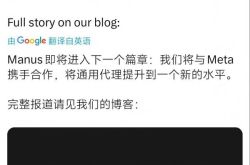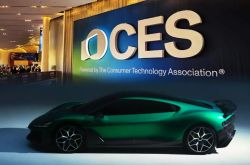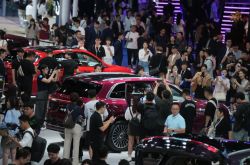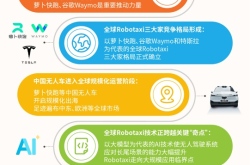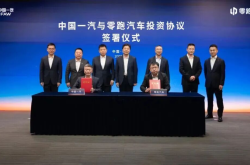Huawei deliberately clashes with Apple at its event; can its tri-fold phone take on the iPhone 16?
![]() 09/03 2024
09/03 2024
![]() 593
593
Finally, we've arrived at the smartphone manufacturers' favorite month: September. Following past release trends, we can expect to see numerous flagship product launches this month, with Apple's iPhone 16 series being the most anticipated.
However, this year's 'tech spring festival' promises to be unprecedentedly lively: Today, Huawei Terminals officially announced that it will hold its 'Huawei Visionary Brand Ceremony' and HarmonyOS Smart Driving Product Launch on September 10 at 2:30 PM, clashing with Apple's fall event (which takes place at 1:00 AM Beijing time on the same day), a true clash of titans.
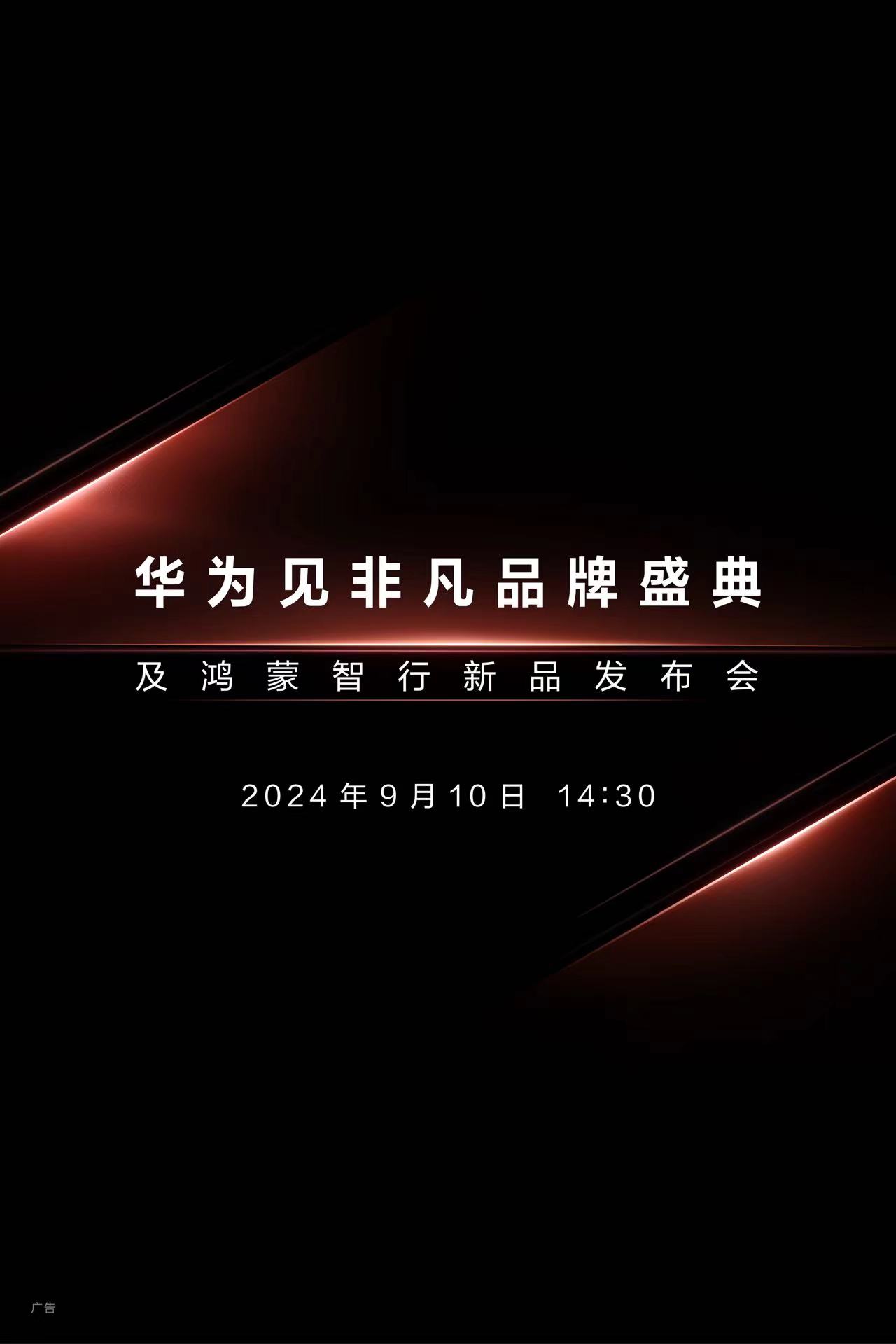
(Image source: Huawei official)
Following Huawei's announcement, Yu Chengdong tweeted that the new product would be Huawei's most groundbreaking, innovative, and disruptive. Furthermore, judging from the 'Z'-shaped element in the official poster, this 'disruptive' product is likely Huawei's tri-fold foldable phone, which has been leaked multiple times by netizens. As for the highly anticipated Mate 70 series, it's unlikely to be unveiled at this event and is poised to be another major attraction in the tech world in the second half of 2024.
Leitech previously stated that September 10th this year will mark a turning point for the smartphone industry: Apple is officially off its pedestal, and Android will lead the way in innovation. With the iPhone 16 series offering only incremental updates, Huawei's tri-fold foldable phone, with its innovative concept and logic, is poised to once again set new trends in the market.
Based on current leaks, Huawei's tri-fold foldable phone differs significantly from mainstream foldables in that its inner screen can be unfolded/folded twice, necessitating dual hinges and a more complex internal component layout. However, the benefits are clear: With two folds, the inner screen size increases significantly, potentially from the current standard of 8 inches to around 10 inches, making it a true 'tablet phone.'
Early on, Leitech noted that tri-fold foldable phones, due to their extra screen, tend to be heavier and thicker than mainstream foldables. However, based on photos shared by netizens, Huawei's tri-fold phone appears manageable when folded, far from the bulky 'brick' some might imagine.
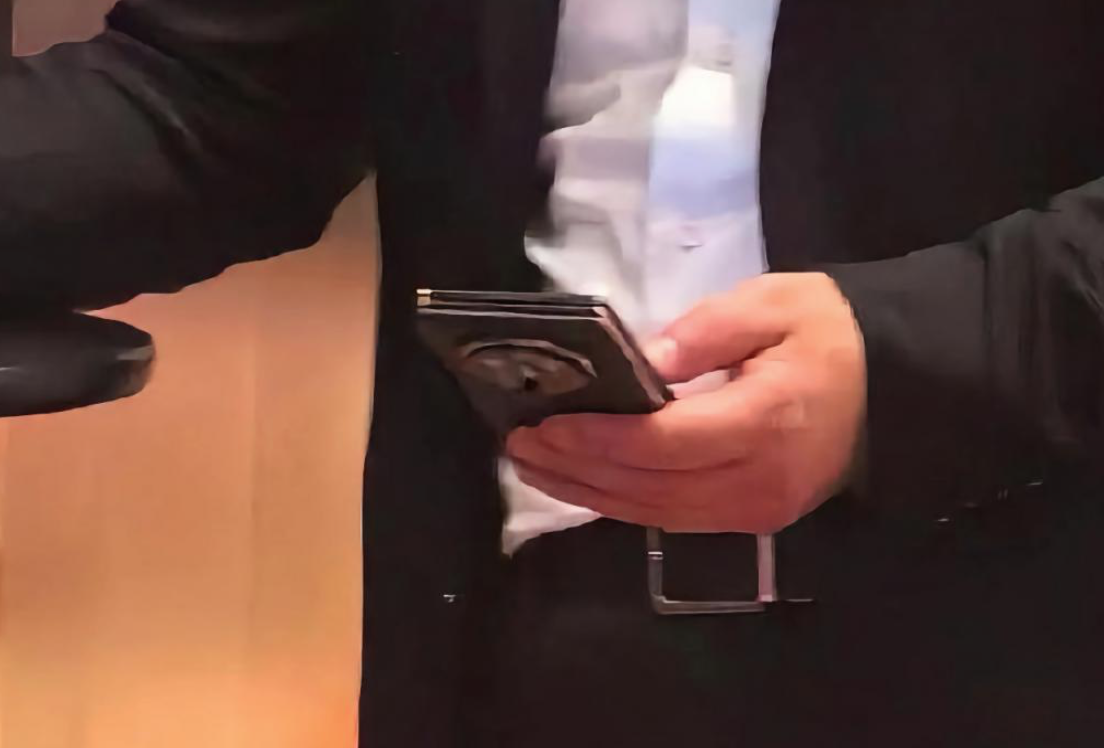
(Image source: Weibo)
However, the screen size and aspect ratio of the unfolded tri-fold phone differ significantly from mainstream foldables, requiring targeted software optimization by developers. Otherwise, the user experience may suffer. Fortunately, this is not a concern: App ecosystems evolve over time, and given Huawei's strong influence and the rapid pace of HarmonyNEXT ecosystem development, adaptation should proceed swiftly.
In fact, Huawei's app ecosystem could be considered an advantage. Some netizens claim that the biggest highlight of Huawei's tri-fold phone is not its form factor but its support for HarmonyOS PC-level apps, enabling true ecosystem interoperability unmatched by other manufacturers.
Additionally, challenges posed by the tri-fold design, such as reduced lifespan, heat accumulation, battery life compromise, and potentially reduced specifications, could significantly impact the user experience. How Huawei addresses these issues remains to be seen.
Regarding core specifications, it's confirmed that Huawei's tri-fold phone will sport a Kirin 9 series processor, but whether it's the same Kirin 9100 found in the Pura 70 series or a more powerful variant (tentatively named Kirin 9200) remains unclear. Other expected features include an integrated large language model and the debut of Harmony Next, Huawei's proprietary operating system. We won't delve into these further here.
However, be warned: Due to soaring costs, Huawei's tri-fold phone is unlikely to retail for less than 20,000 yuan, making it an early adopter's toy.
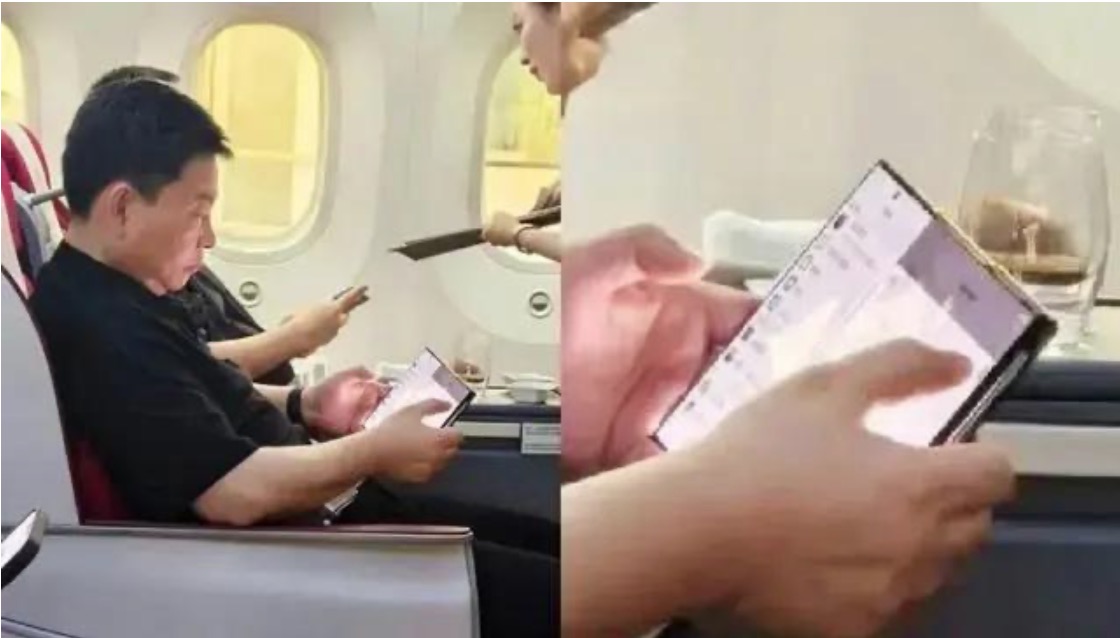
(Image source: Weibo)
Furthermore, sources indicate that due to immature supply chains, Huawei's tri-fold phone production is limited, with an initial batch of around 10,000 units. This could make it a highly sought-after 'financial product,' so even if you're not interested, snapping one up could be a wise move – it's a true status symbol, akin to owning an early iPhone a decade ago.
In summary, the launch of Huawei's tri-fold phone solidifies its position as a leader in the smartphone and consumer electronics industries, truly pioneering innovation. Leitech will closely follow this product, and we invite you to witness this historic moment with us!
Apart from the tri-fold phone, Huawei is also expected to unveil a new smartwatch equipped with the 'Xuanji Perception System' at this event. Beyond basic health monitoring like heart rate, blood oxygen, sleep, and exercise tracking, it can also preliminarily screen for lung function, pulmonary infection risk, respiratory health risks, and even assess users' emotional states and stress levels, providing deeper insights into their overall well-being. Leitech, focused on AI hardware technology, will continue to monitor this exciting new product.
Huawei takes on Apple: Confident or courageous?
While September is traditionally a busy month for smartphone launches, manufacturers typically avoid clashing with Apple's event. During Apple's keynote, all attention is on the new iPhones, making it ill-advised to announce a competing product. Yet, Huawei boldly faces off against Apple head-on.
Huawei's growing boldness stems from both confidence and strength. Last year, Huawei taught Apple a lesson with the pre-sale success of the Mate 60 series, demonstrating its unique position among domestic manufacturers.
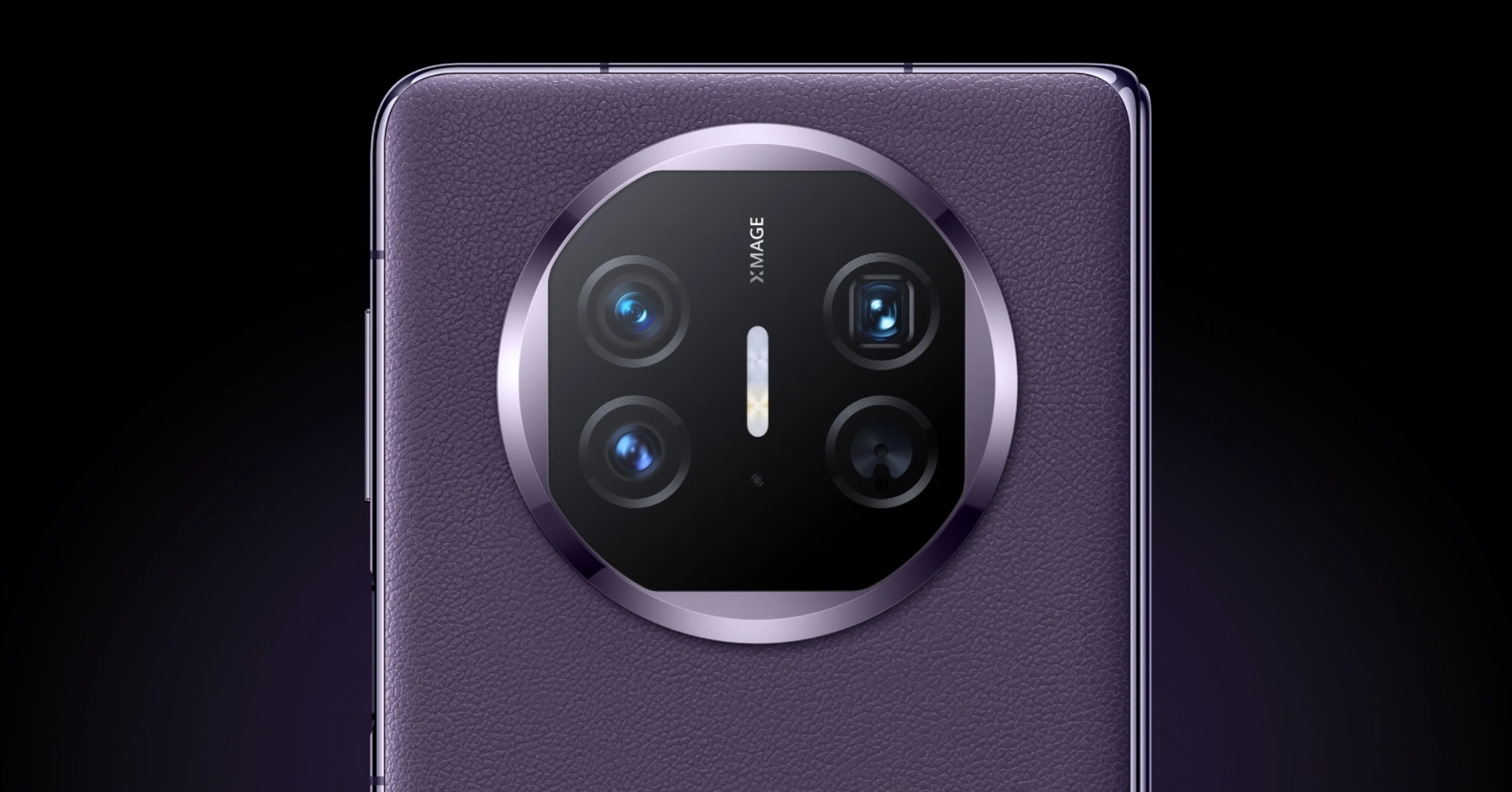
(Image source: Huawei official)
According to IDC data, Huawei reclaimed the top spot in China's smartphone market in the first half of 2024 with a 17.5% market share. Shipments grew by 110% and 50.2% in Q1 and Q2, respectively, a remarkable achievement.
Specifically, the Mate 60 series, Pura 70 series, and Mate X5 enjoyed significant sales and positive reviews in China. The launch of Mate X5 further boosted Huawei's share of the foldable phone market, overtaking Samsung to become the leader.
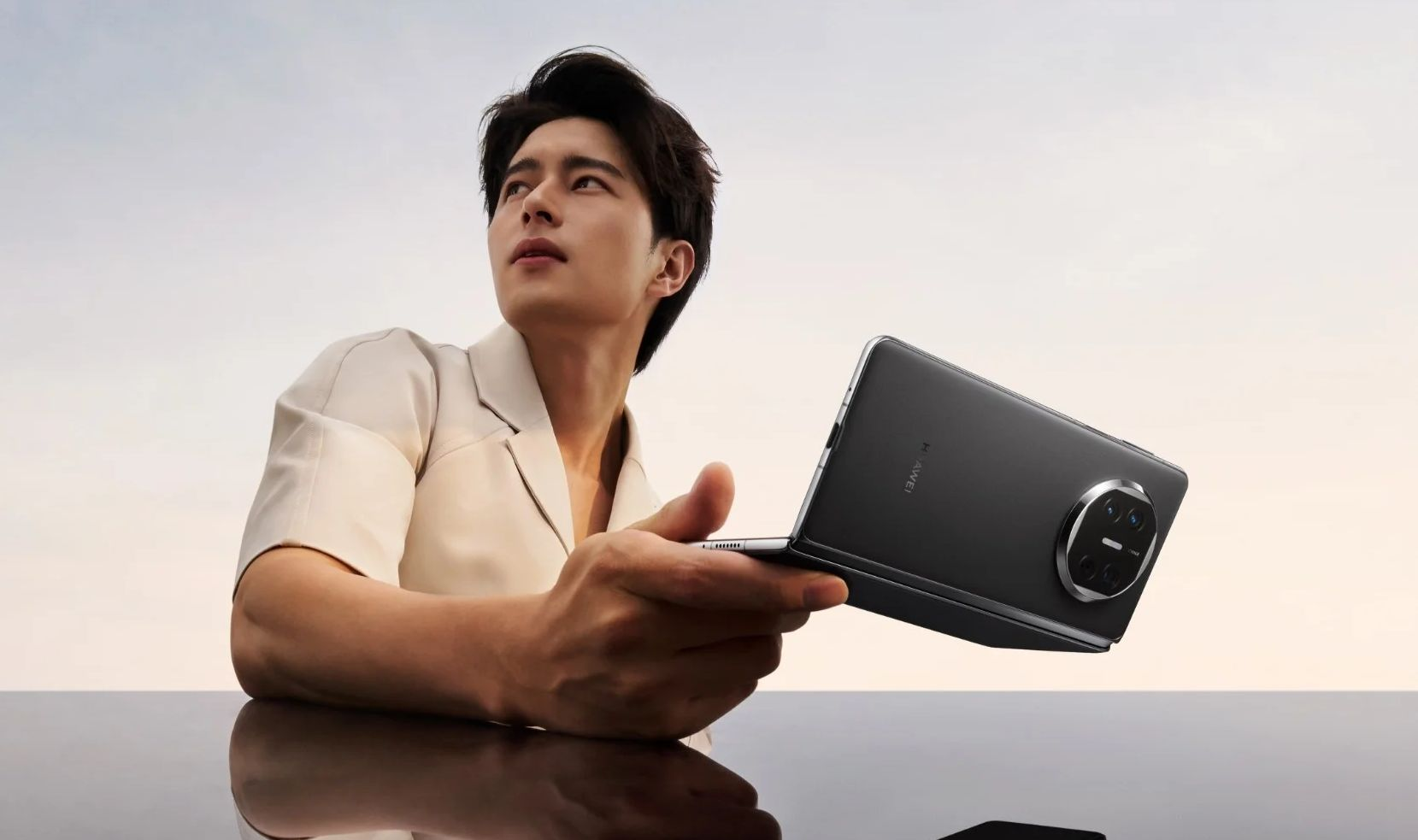
(Image source: Huawei official)
In essence, domestic smartphone brands like Huawei are reasserting their presence in the premium market.
The popularity of the Mate 60 series, Pura 70 series, and foldable phones has solidified Huawei's position in the high-end market. Huawei's success serves as a blueprint for domestic brands: Relying solely on cost-effective models to maintain market share is insufficient; unique features are crucial. The upcoming tri-fold phone exemplifies this approach.
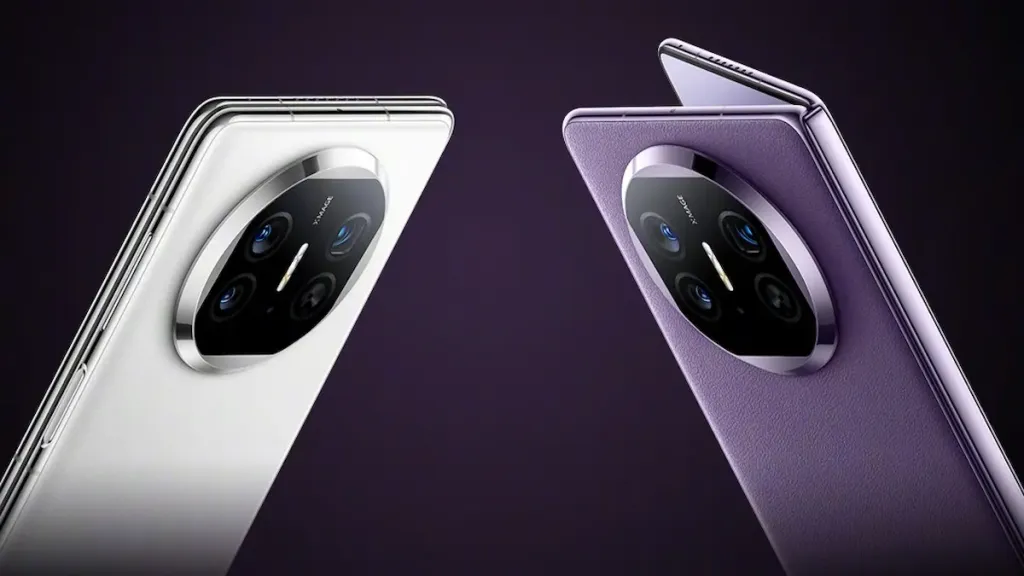
(Image source: Huawei official)
Crucially, with the official launch of its tri-fold phone, Huawei signals that domestic supply chains, from panels to hinges, have achieved global leadership in core technologies, overcoming the foldable phone's technological bottlenecks.
In contrast, Leitech has extensively covered iPhone 16 leaks, revealing incremental upgrades like a physical camera button and new colors as the series' main highlights. In other words, the iPhone 16 you'll spend several thousand yuan on in 2024 will still sport a 60Hz display and 20W 'fast' charging – a far cry from the competition, even from a few years ago.
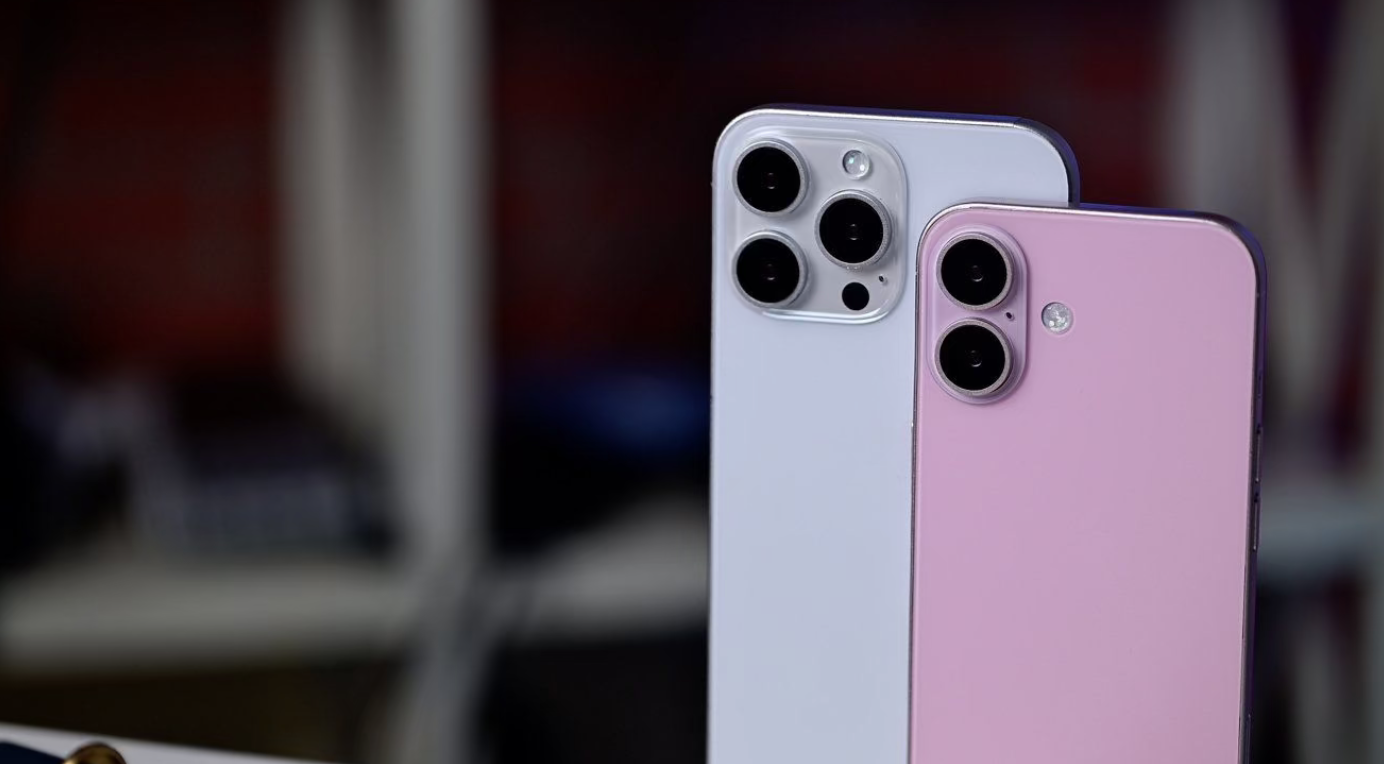
(Image source: @AppleInsider)
This goes beyond mere incremental updates; it suggests Apple may have lost its drive for innovation, content to 'rest on its laurels.' While Apple fans argue that sales remain strong, declining interest and sales figures suggest otherwise, perhaps explaining Huawei's bold confrontation.
Rome wasn't built in a day, and markets have little patience for complacency. If the iPhone 16's headline AI feature isn't available in China or even incompatible with WeChat, how will it sell? This could end up being the only talking point at Apple's event.
Source: Leitech

